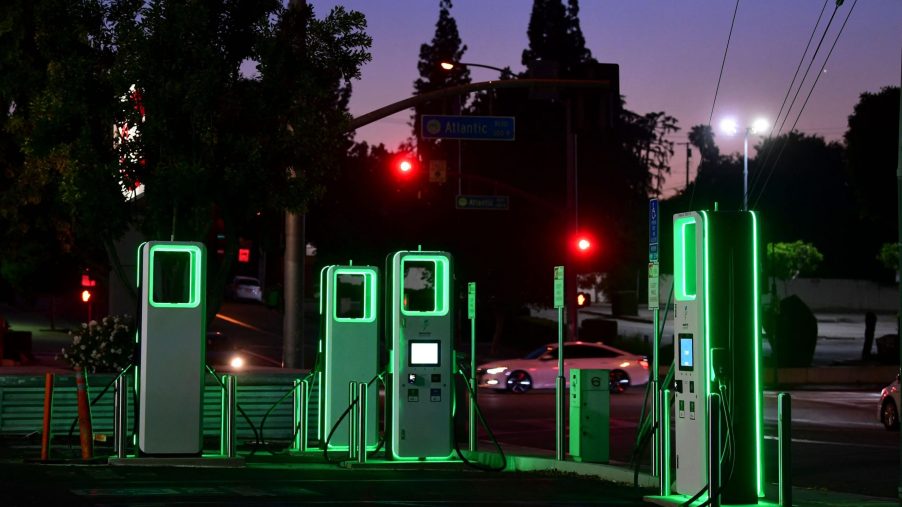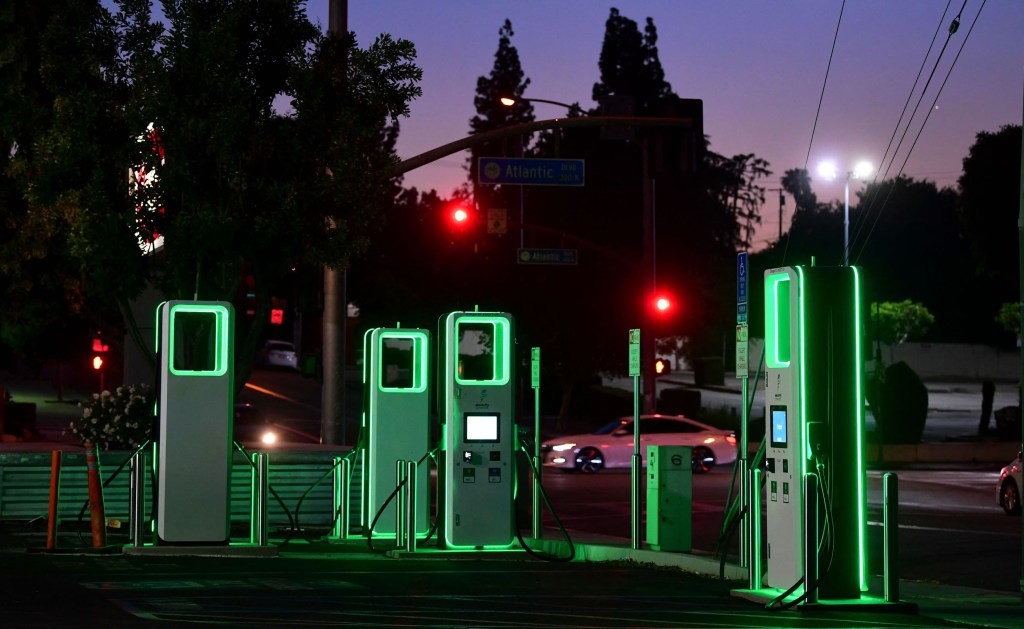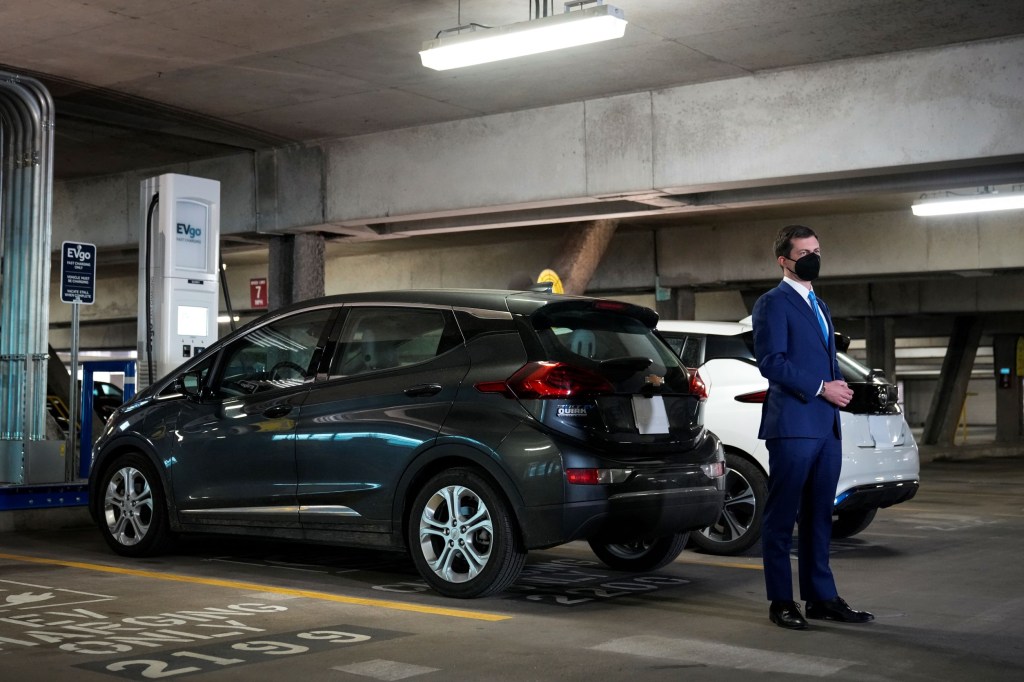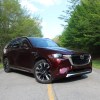
We Need Safer Public EV Chargers, Not Just More of Them
Whether you live in a house or an apartment building, a home charger makes owning an EV significantly easier. But there’s still a place for public EV charging stations, especially when it comes to alleviating range anxiety. Yet even as battery tech gets cheaper and EVs become more prevalent, the US’s charging infrastructure is struggling to keep up. However, it’s not just that the US needs more public EV chargers—it needs safer ones.
Access to free, functional public EV chargers remains a limiting factor

When it comes to public EV charger availability, the US is a little patchwork. True, Tesla’s Supercharger network is solid. And automakers like Volkswagen have invested in expanding the reach of third-party companies like Electrify America. Plus, Rivian and Jeep are rolling out EV charging stations in ‘wilder’ locations such as national parks. However, in wide swaths of the US, such as the Midwest, such stations remain too widespread for easy access.
But according to a recent J.D. Power study, the number of public EV chargers isn’t actually an issue. It’s that when drivers find a charging station, they often can’t use it. 13% of study respondents reported being unable to charge their EVs at stations, with 58% of those individuals citing out-of-service stations as the cause. And 14% laid the blame on long wait times and unavailable chargers, Cars.com reports.
In addition, J.D. Power’s study found that EV charging station satisfaction dropped significantly when payment was involved. And that brings in another complication: automaker differences. Some brands, such as VW, offer periods of free public charging for new EV buyers. However, this usually limits buyers to specific suppliers. For example, VW buyers only get free charging at Electrify America, not ChargePoint.
Also, there’s another wrinkle with Tesla’s Superchargers. Tesla does charge owners for using its public chargers, but it doesn’t ask for payment upfront. Instead, the cost is automatically deducted from the owner’s account. This ease of use is likely why overall satisfaction with public Tesla EV chargers is fairly high, J.D. Power muses.
But public EV charging stations have to be safe for everyone at all hours—especially for female drivers
However, there’s something that J.D. Power’s satisfaction study didn’t cover: safety. Not safety in terms of getting shocked, mind you: EV charging stations are designed so that doesn’t happen. No, it’s about feeling safe at the charger’s location—especially if you’re a woman behind the wheel.
All too often, public EV chargers don’t offer the same sense of personal security as, say, a gas station, Business Insider explains. Rather than being well-lit and sporting security cameras, often these chargers are located in dark, out-of-the-way places. Once you add in the odds of a system malfunction, it’s little wonder some EV owners feel scared to plug in at night. And that goes double for female EV owners.
As of this writing, dangerous incidents at public EV charging stations seem to be fairly rare, Business Insider reports. Still, it doesn’t help widespread EV adoption if a significant number of owners don’t feel safe charging up. And it’s especially worrisome if using a public charger is their only way of ‘fueling up.’
Is the situation improving?

There is some hope on the horizon, though.
For one, President Biden’s infrastructure bill has provisions for expanding public EV charger access. Theoretically, with more charging stations available, there will also be greater numbers of secure-feeling ones. And because these chargers aren’t trying to replace gas stations—that’s what home chargers are for—they’re becoming more common in well-traveled places such as malls and restaurants. Plus, some states and cities have laws requiring EV charging stations to be well-lit and secure, Business Insider notes.
Still, that’s not particularly helpful for someone who owns an EV today. For now, arguably the best way to feel safe is to scout charging locations ahead of time, using something like an app or Google Maps. And, if you can, invest in a solid home EV charger to be less reliant on public ones. Change is coming, but it’s going to take time.
Follow more updates from MotorBiscuit on our Facebook page.


